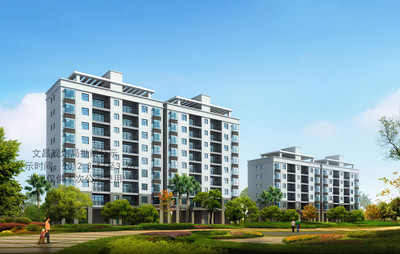Housing

Local opposition to new housing developments is common across Britain. It has long been argued that such opposition—NIMBYism to its critics—is linked to home ownership. Homeowners, unlike distant landlords, vote in local elections and receive planning consultations in their postboxes. They lose out from development in multiple ways. Loss of green space reduces their quality of life and increased supply of housing suppresses prices. Landlords managing diversified portfolios are less exposed to the value of one property. The idea that planning decisions are driven by the desire of homeowners to maximise house prices is known as the “home-voter hypothesis”.
譯文屬譯生譯世











